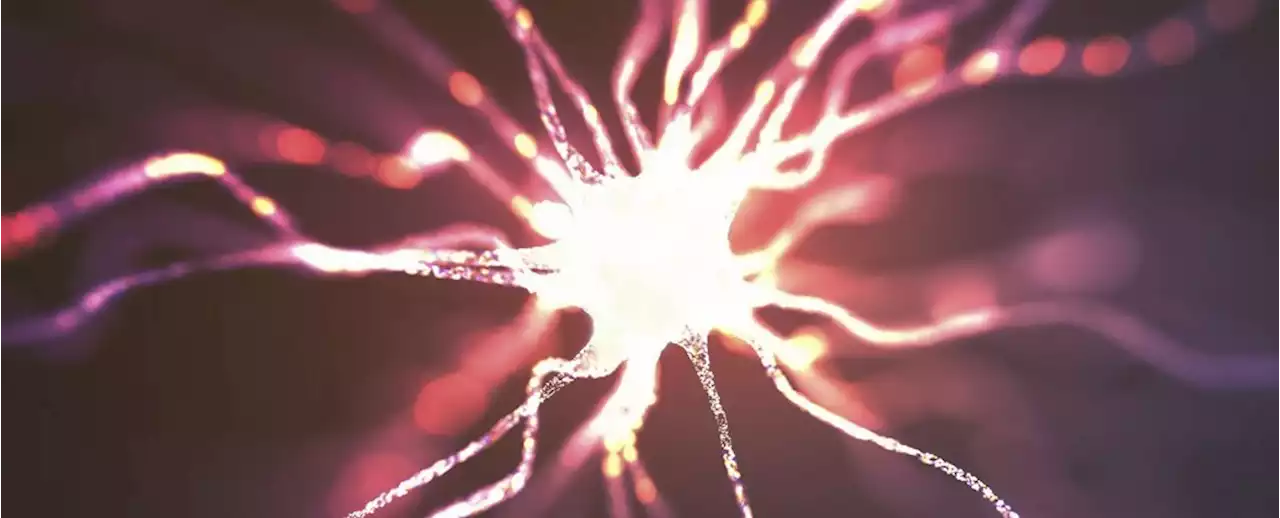Part of weighing up any decision involves considering the consequences that are going to come of it, and scientists have now identified neurons in the brain that seem to encode the outcomes of actions so that they can be properly evaluated.
Here, the team looked at the neural activity associated with cost-benefit decisions, where an action can have a mix of both positive and negative outcomes. These options we face often have a balance of risk and reward that need to be thought about.
During their experiments with the mice, the researchers were able to identify a particular group of neurons that became active during these decisions – and particularly so when a behavior led to an outcome that wasn't expected: a sign of adaptation. "A lot of this brain activity deals with surprising outcomes, because if an outcome is expected, there's really nothing to be learned,""What we see is that there's a strong encoding of both unexpected rewards and unexpected negative outcomes."Through the course of the study, mice were trained to spin a wheel to the left or right. Each turn would result in a mix of both a positive outcome and a negative outcome .
As time went on, the mice learned to maximize the level of reward and to minimize the level of air puffs. However, the probabilities of each outcome were continually being shifted by the researchers, forcing the mice to keep on adjusting their behavior.The subsequent brain activity recorded in the striosomes – clusters of neurons in the striatum – varied depending on whether actions were 'good' or 'bad', as expected.
Stronger reactions were observed when the unexpected happened – when a wheel turn produced a different result than it had done the previous time. The scientists think these 'error signals' help the brain decide when it's time to change its approach to a task.
